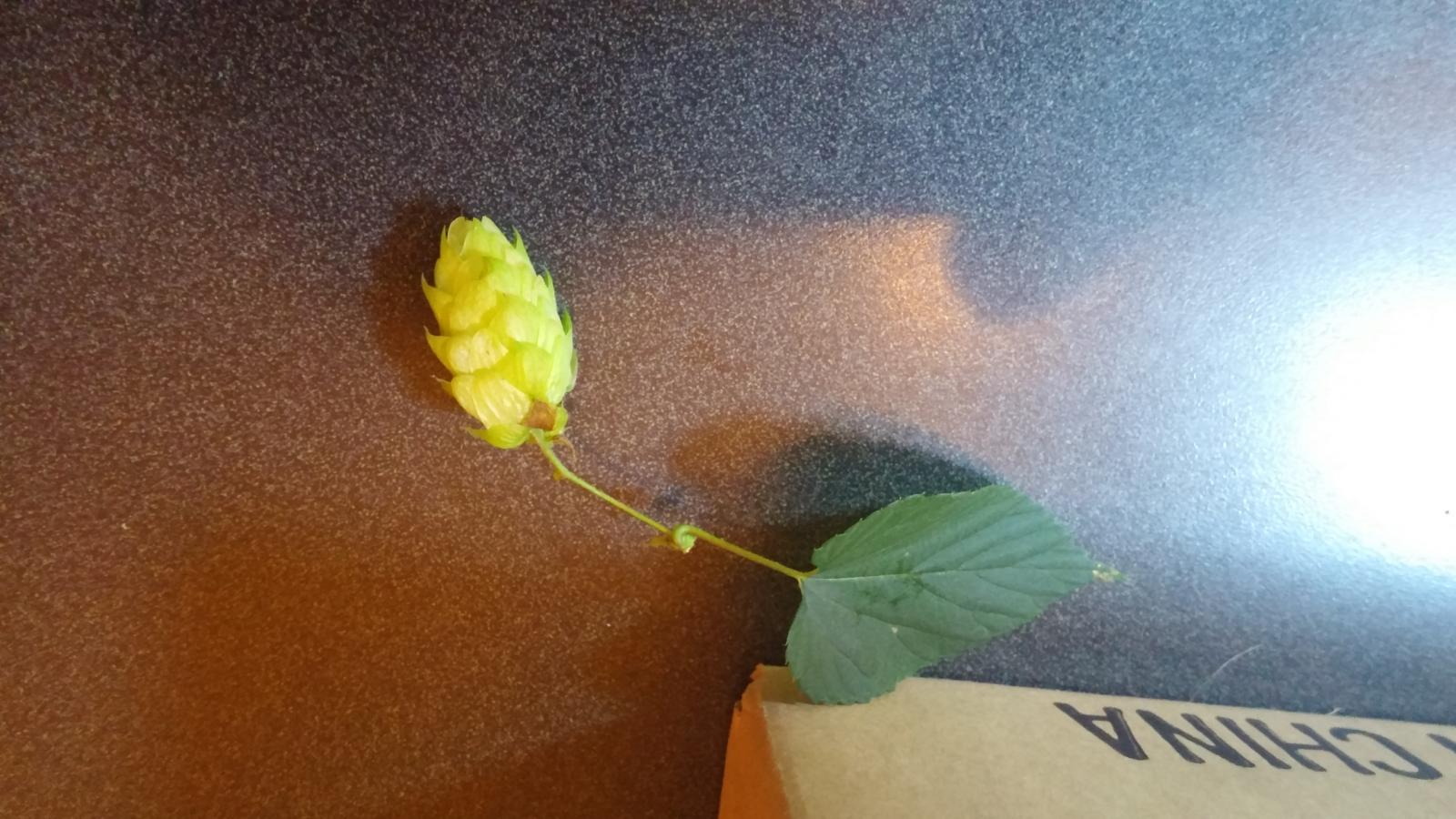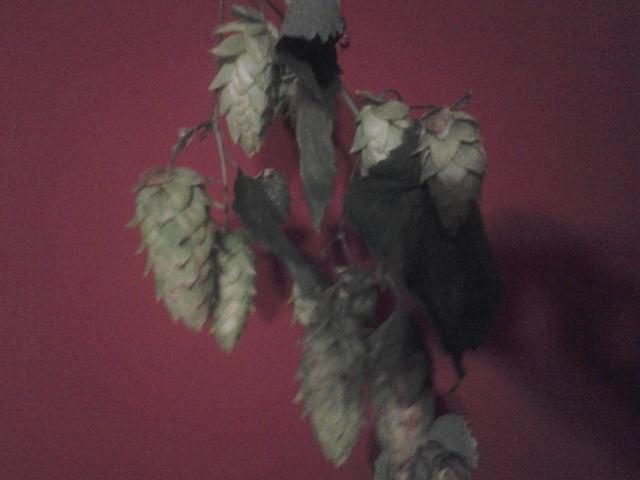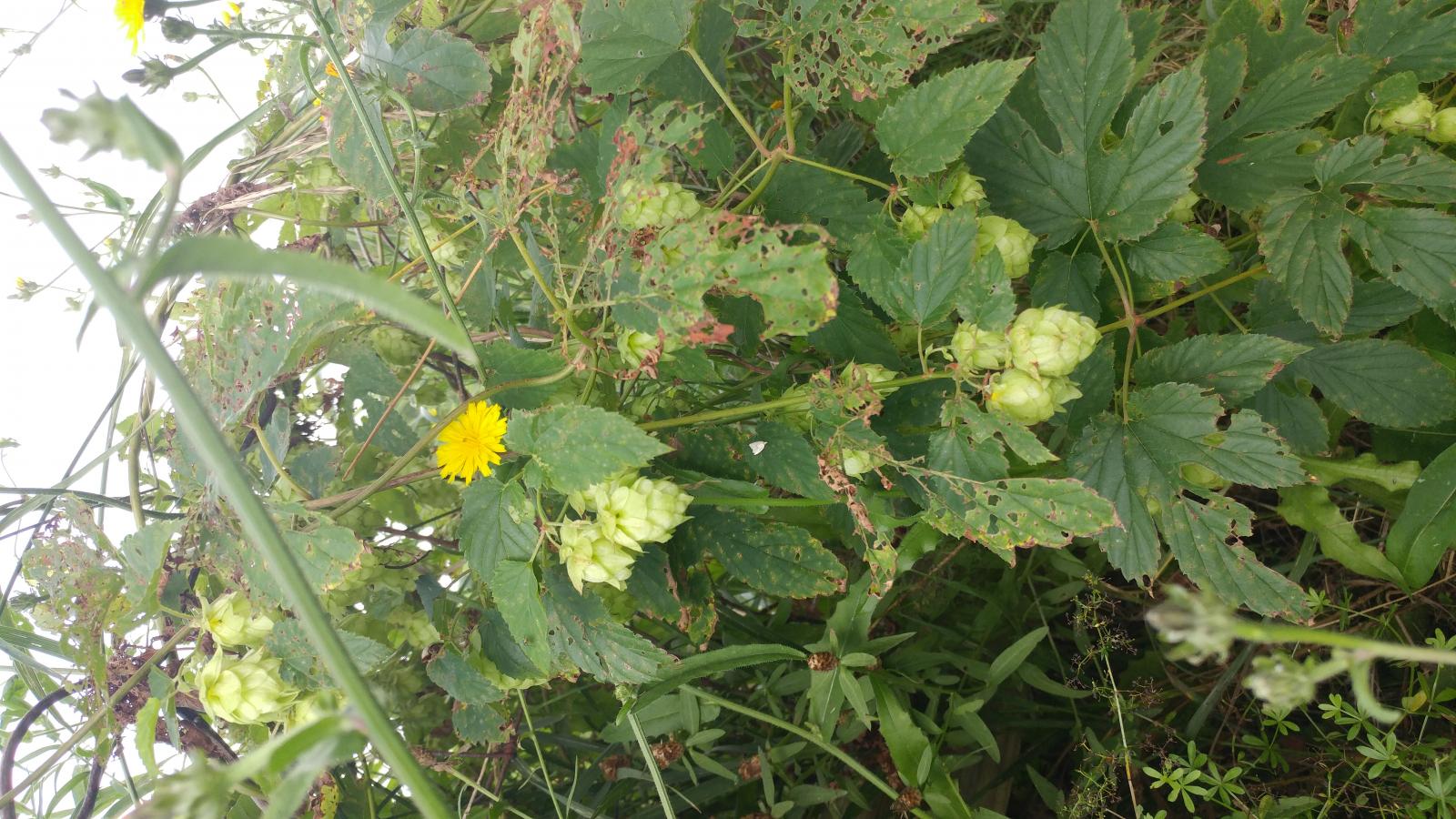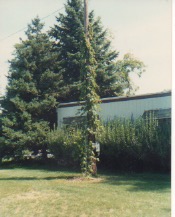I live in upstate by in the syracuse area. My wife and I just bought a house with our 2 sons, we have a couple acres. My plan was to have a few chickens and a nice garden, while investigating a grove of sumac trees that I planned on eradicating I noticed vines, later discovered as bines, growing all over the sumac. I thought maybe grapes, then I see these little yellow green bud looking things, HOLY COW ITS HOPS! I took some down and noticed a deep yellow substance and it smelled like a nice floral ipa aroma. I contacted Cornell university, they were really excited, which was surprising because it was the hop co-op I was talking to, I assumed they got these calls all the time. The girl said that they were probably a cross strain and likely planted 150+ years ago. She said they may be an unknown or ferral variety. I had so many projects at the house I couldn't really pay attention to the hops, unfortunately I probably wasted hundreds of pounds of hops, i still to this day haven't found the end of them. I feel like this opprtunity has hit me square in the face, and I want to maximize the potential, I would love to find that they are in fact feral, and I have the opportunity to grow cultivate and sell these hops named for my sons, I couldn't imagine a cooler legacy to leave. Even if they are a named variety that would be cool too. They obviously have to be a pretty hearty variety since they are partially in a power right of way and old railroad line, they have probably been mowed down hundreds of times and are growing strong. Most people I talk to say hops are delicate, they need this and that, and a silver spoon to grow properly, these have been abused for decades and are growing wonderfully, which I figure is a desireable trait. And they smell amazing! Like a good ip a or maybe a more illegal cousin of hops, lol. I am wondering what you all would do in my position? I know you can't smell through a computer but are wild hops, or old hop varieties desireable? The closest old variety that I think they look like are english cluster, but if I understand that correctly that cluster hops are not really one variety, they may be several different varieties crossed.








